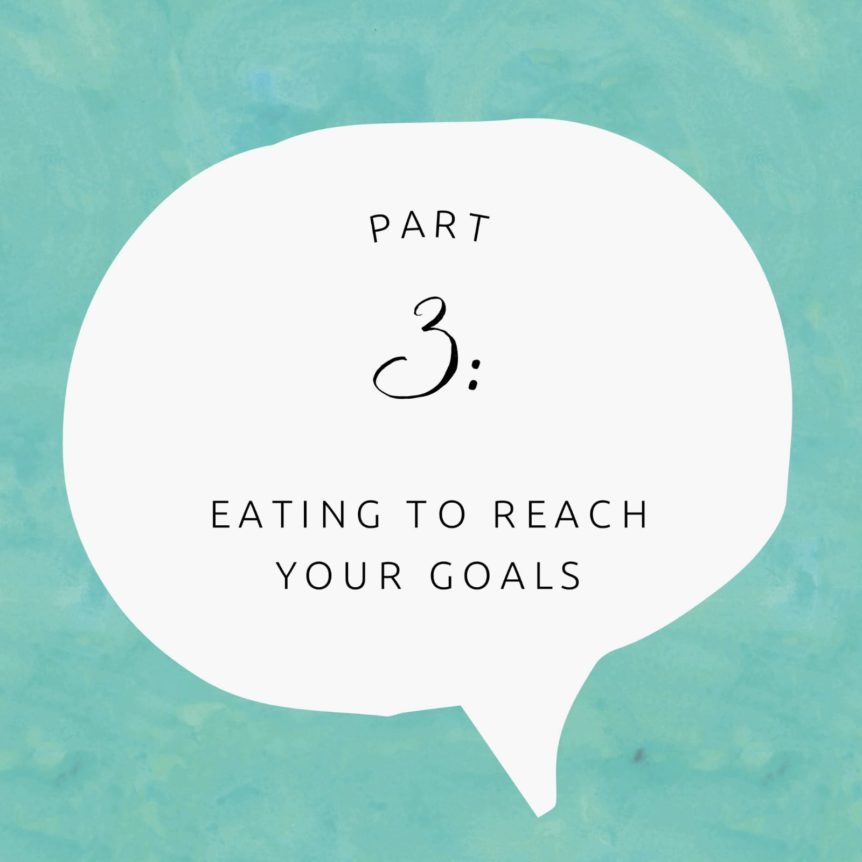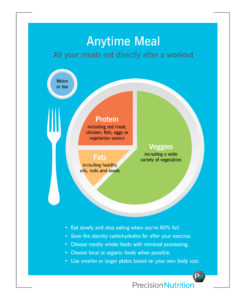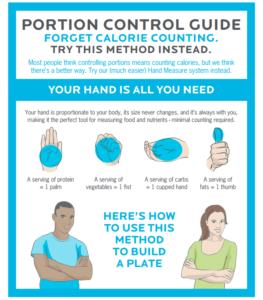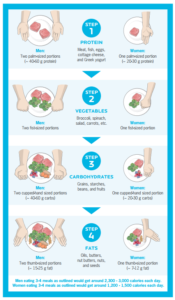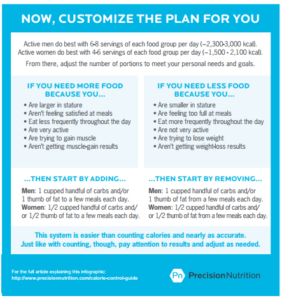In case you missed part 1: click here to read
- What to do after you track your food/macros for 7 days
- How to then figure out what calories you need for weight loss/gain/maintenance
- How to start a diet
In case you missed part 2: click here to read
- Macro splits
- I’m having a hard time eating enough
- How to make sure you’re being realistic about your goals
- How long does it take to see change?
- Diet sustainability
| My weight loss has plateaued?
Has it really? · Have you tracked your macro/calorie intake consistently for the past 2 weeks? This includes all your bites/tastes and licks. Think about every single thing you ate or sampled. The bite off someone else’s plate, the snack your friend shared with you, the granola bar you found in your bag. · Have you only focused on the number on the scale? I don’t know about you but I can fluctuate about 5 pounds within a given day. It is possible to lose fat and build muscle which might result in minimal changes on your scale. Fat loss is really not measured best with a scale. · Have you taken your measurements? Have they changed? So often people assume their weight loss has stalled when in reality they are actually eating more than they realize, building muscle/losing fat or don’t physically see changes despite their measurements actually changing. More often than not people think they are in a calorie deficit but are A. either not being honest with how much they are eating B. aren’t tracking their calories accurately C. incorrectly estimating how many calories they can eat to be in a surplus If you are actually in a deficit you will continue to lose weight. Your progress may slow down or a plateau but if you stick with it and persevere you will continue to lose weight long term. If you’re struggling to figure out how many calories to eat, stick with something for 2 weeks. If you continue to see no changes in the scale, your measurements, photos you can try reducing your calories by 100-150 calories per day. This might actually get you into a calorie deficit. But doing this slowly is key! |
| Tracking without counting calories or macros
· While I know tracking your macros and weighing and measuring your food is tedious (and not for everyone) it can help to be more accountable. Prior to learning about macros my meals were high carb with low fats and a low amount of protein. Changing my eating to include more protein and fat throughout the day made a world of difference and helped me to shed fat while putting on muscle. · If you don’t feel like tracking macros take the time to learn about serving sizes or keep certain infographics in mind when filling your plate. · You can also do things like filling a salad plate with everything you want to eat instead of a dinner size plate. Sometimes these simple changes can make a big difference for some people. · Remember there is no specific “diet” that will help you to reach your goals. Low carb, keto, paleo, Atkins, South Beach, etc. are all great for someone. That someone just might not be use. I recommend eating in a way that is sustainable for you. Try to include healthier versions of your favourite foods, your favourite treats (ice cream, chips, chocolate) in reasonable portion sizes. The more you feel deprived the more difficult it is to comply with a diet or calorie cut. · The below images (from precision nutrition) are another way to calculate portion size and track your food without a scale |
| I’ve been dieting, training hard and sticking to my calorie but don’t want to decrease my calories
I highly recommend incorporating a refeed or high carb day. This is something I made sure to include in my mini cut. Within the 5-week cut I had 2 high carb days. As you diet, and likely decrease your carbs, you lower your leptin levels. Leptin is a hormone that helps to regulate your hunger, and energy expenditure which effects fat loss. Aren’t you undoing all of your hard work by eating more carbs? Nope. If anything, an increase in carbs will actually help! The increase in calories helps to keep your metabolic rate higher and makes it a bit more difficult for your body to adjust to a calorie deficit. It will also renew your glycogen stores and increase your energy. During my cut, a refeed made me feel like a brand-new person and capable of basically anything despite not being on a cut that long or even working with drastically low calories. How do you do it? Once a week you can increase your carbohydrate consumption by 20-50% or double your body weight (150-pound person would get 300 grams of carbs). Aim to keep your protein high, at least 1 gram per pound of body weight. Your fat macros can remain relatively the same if not a bit lower. This means a large pizza with extra cheese is probably not going to be the best use of your carbs. So what kind of carbs should you eat? Aim to eat slow digesting or low glycemic carbs such as sweet potatoes, whole wheat pastas and breads and oatmeal. If your refeed is on a training day, you can include high glycemic carbs immediately after your workout. Ideally you want to limit high glycemic carbs like certain fruits to the first half of your day. A refeed is a great opportunity to boost your metabolism, insulin levels and give you an opportunity to enjoy some of the foods you’ve been craving while still getting closer to your goals. I personally find it also helped me to stay compliant with my macros throughout the week because it allowed me to eat what I’d been craving, pasta! |
| In order to make everything more digestible and not overwhelm you I’m splitting up this information into a couple newsletters.
The following newsletter will talk about: · I’m exercising lots and not seeing progress · “No, no, I swear my metabolism is slow” · What’s a reverse diet · How to do a reverse diet These tips are absolutely not intended for anyone struggling with any kind of eating disorder or chronic diseases. If you’re struggling with any of these seeking a medical professional is extremely important. |

